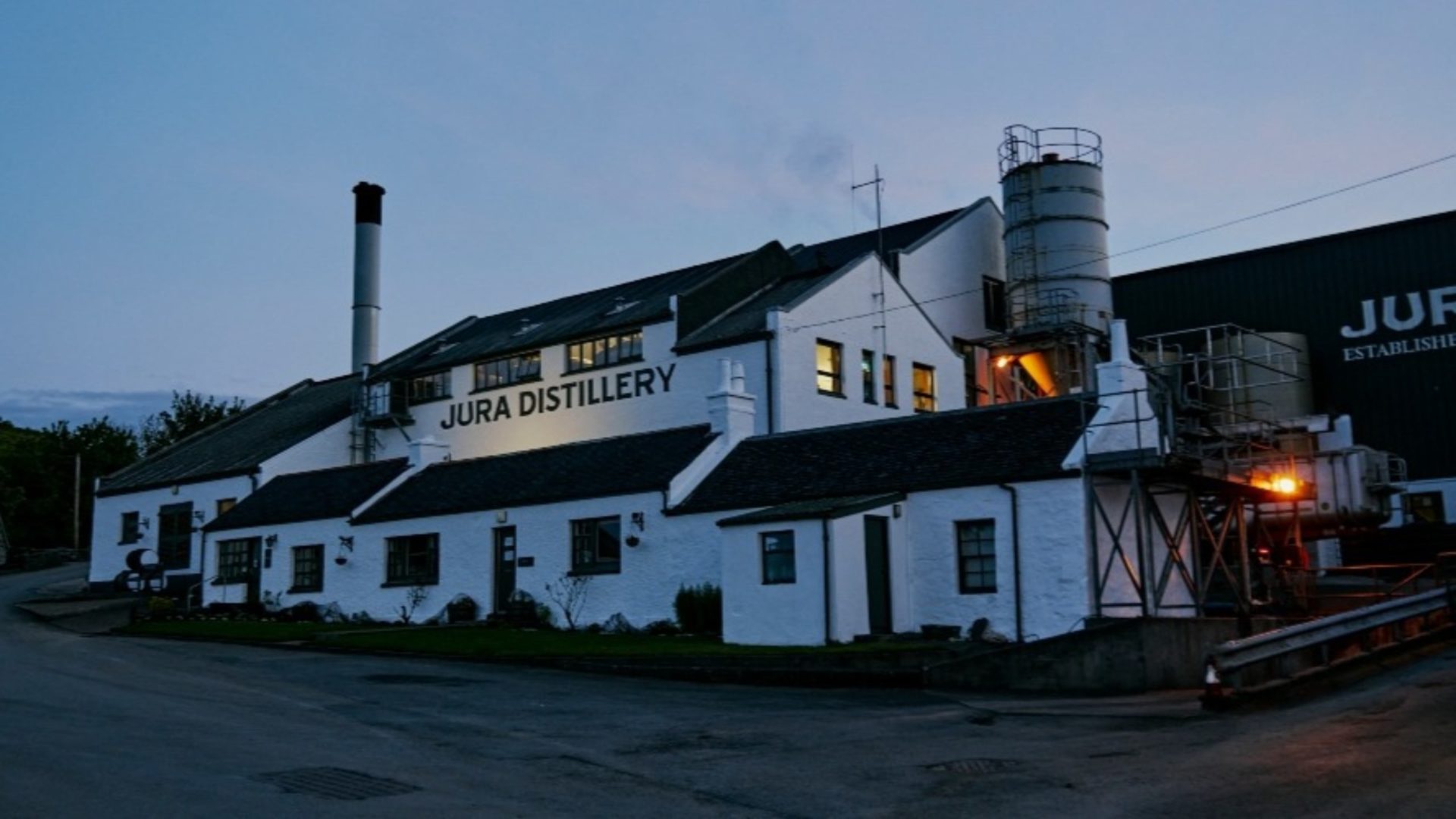
A whisky distillery in Scotland will be the first to trial a new limewash for building surfaces that uses bacteria to self-repair and protect against erosion.
The prototype has been developed by researchers at the University of Hertfordshire. It uses non-pathogenic bacteria that increase the amount of CO2 that a building surface can absorb through photosynthesis.
This, in turn, generates additional calcium carbonate that forms a more robust barrier against erosion, as well as encouraging self-repairing mechanisms.
Whisky maker Whyte & Mackay agreed to trial the limewash at its Isle of Jura distillery, which requires recoating annually due to wind-driven rain damage. This results in business disruption and increased carbon emissions from the transportation of maintenance materials.
The company is behind some popular whisky and spirits brands, including The Dalmore, Jura, Tamnavulin and Shackleton.
Limewash is first of its kind
The novel limewash is believed to be the first of its kind. It is currently in a pre-production prototype development phase at the Zero Carbon Lab of the University of Hertfordshire. Bio-based materials expert UK Hempcrete is also helping with the project.
The project is being funded by the Arts and Humanities Research Council through the Design Exchange Partnerships programme.
Ljubomir Jankovic, professor of advanced building design and founder of the University of Hertfordshire’s Zero Carbon Lab, said: “We are excited to see the potential impact that our research will have on the resilience and maintenance of the distillery. Following the planned field trials, there is scope for this method to be used on a much wider scale.
“As well as supporting Whyte & Mackay’s zero-carbon aims, we also intend to give local community, trade and homeowners the opportunity to use the product. This will help them to lower traditional maintenance costs, supporting environmental goals and the local tourism economy.”
Researchers aim to have the prototype in place by July for a three- to six-month testing period.











